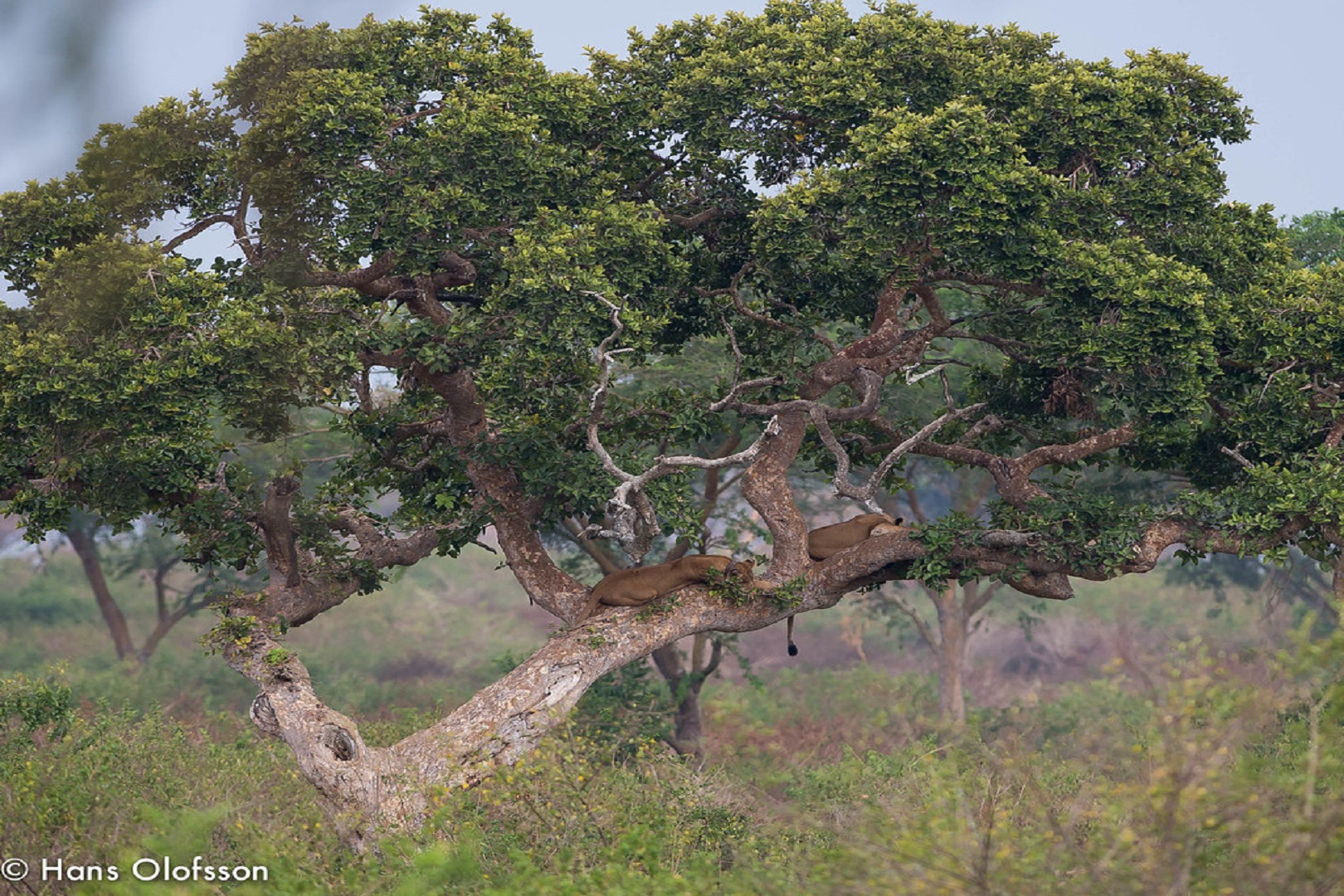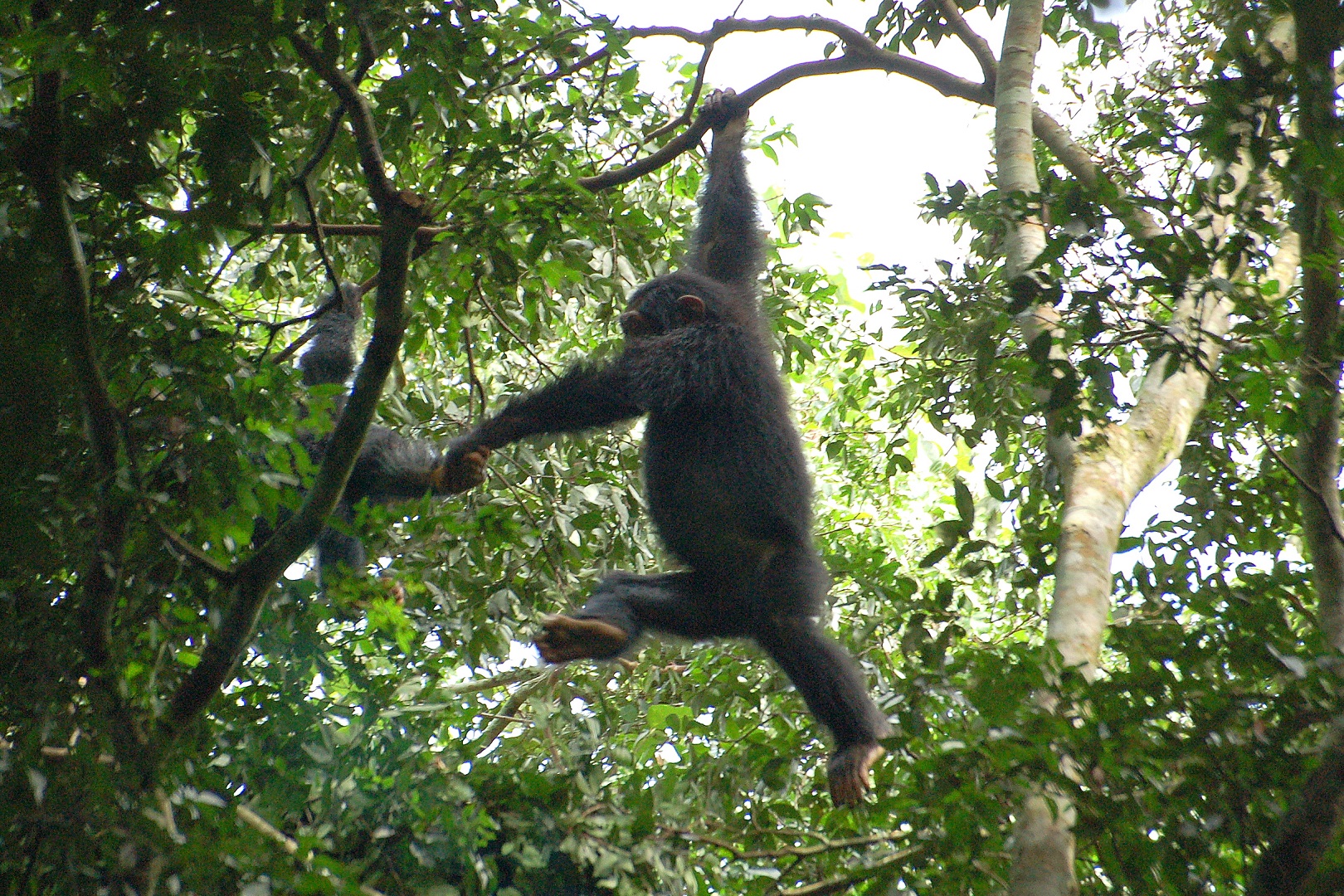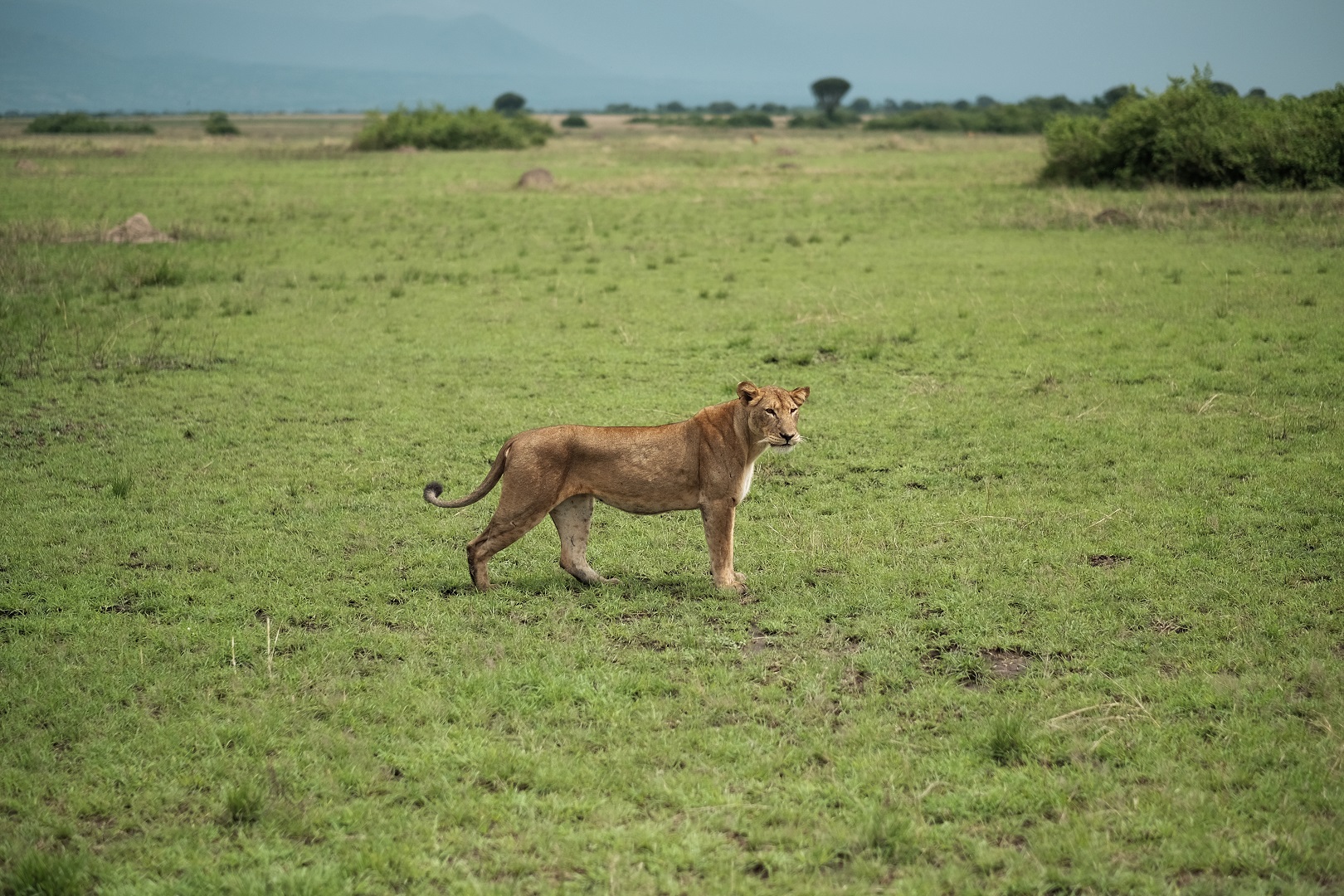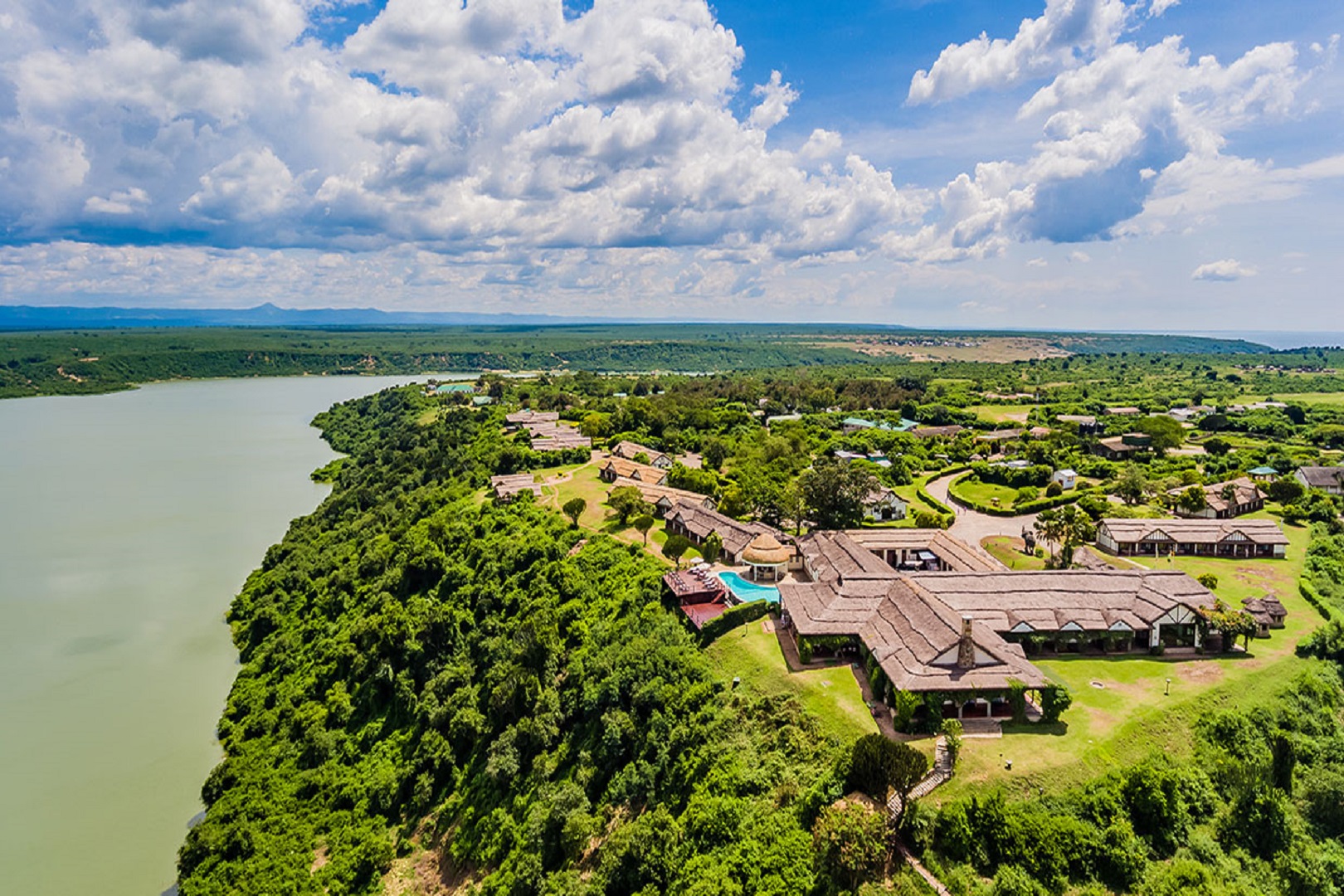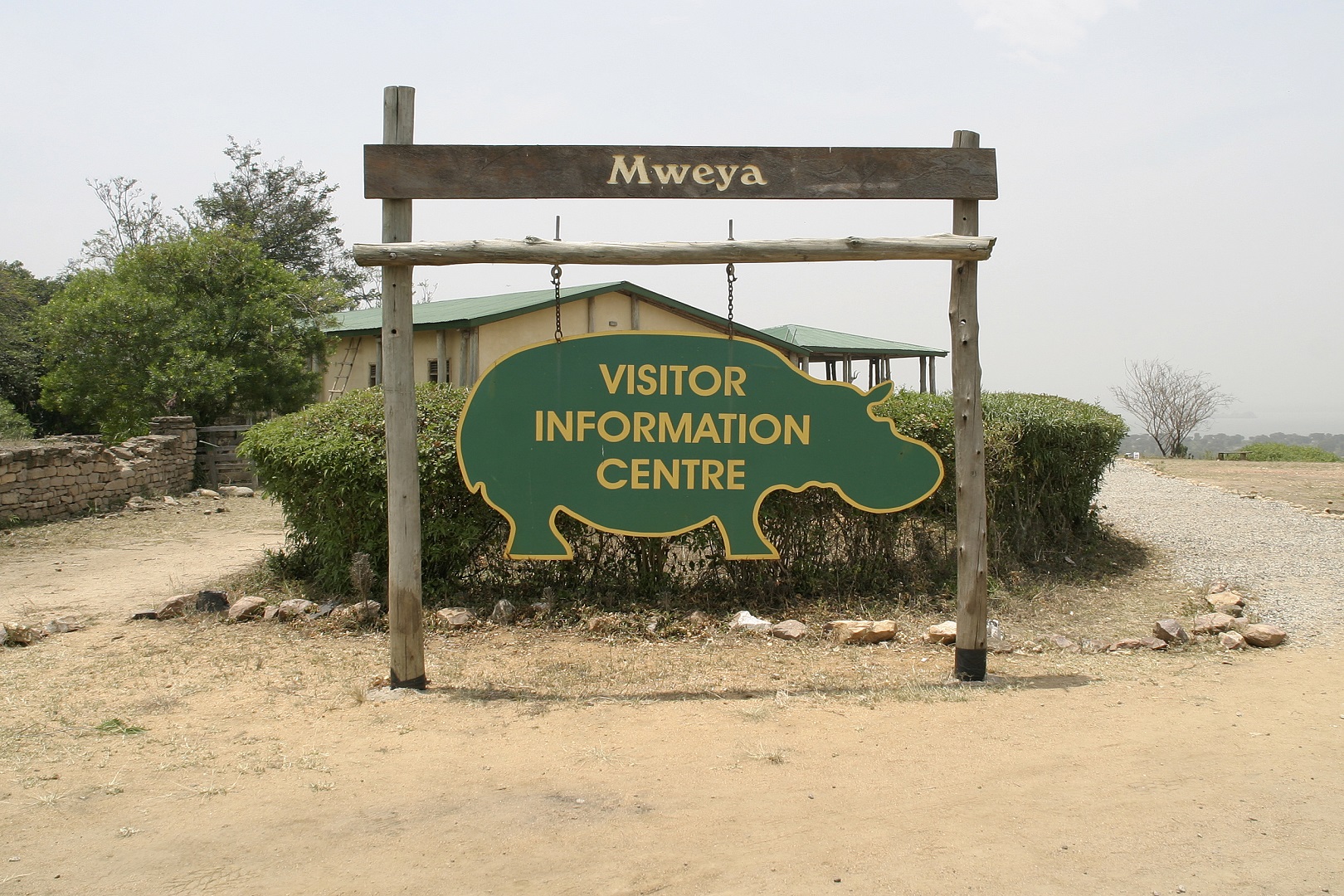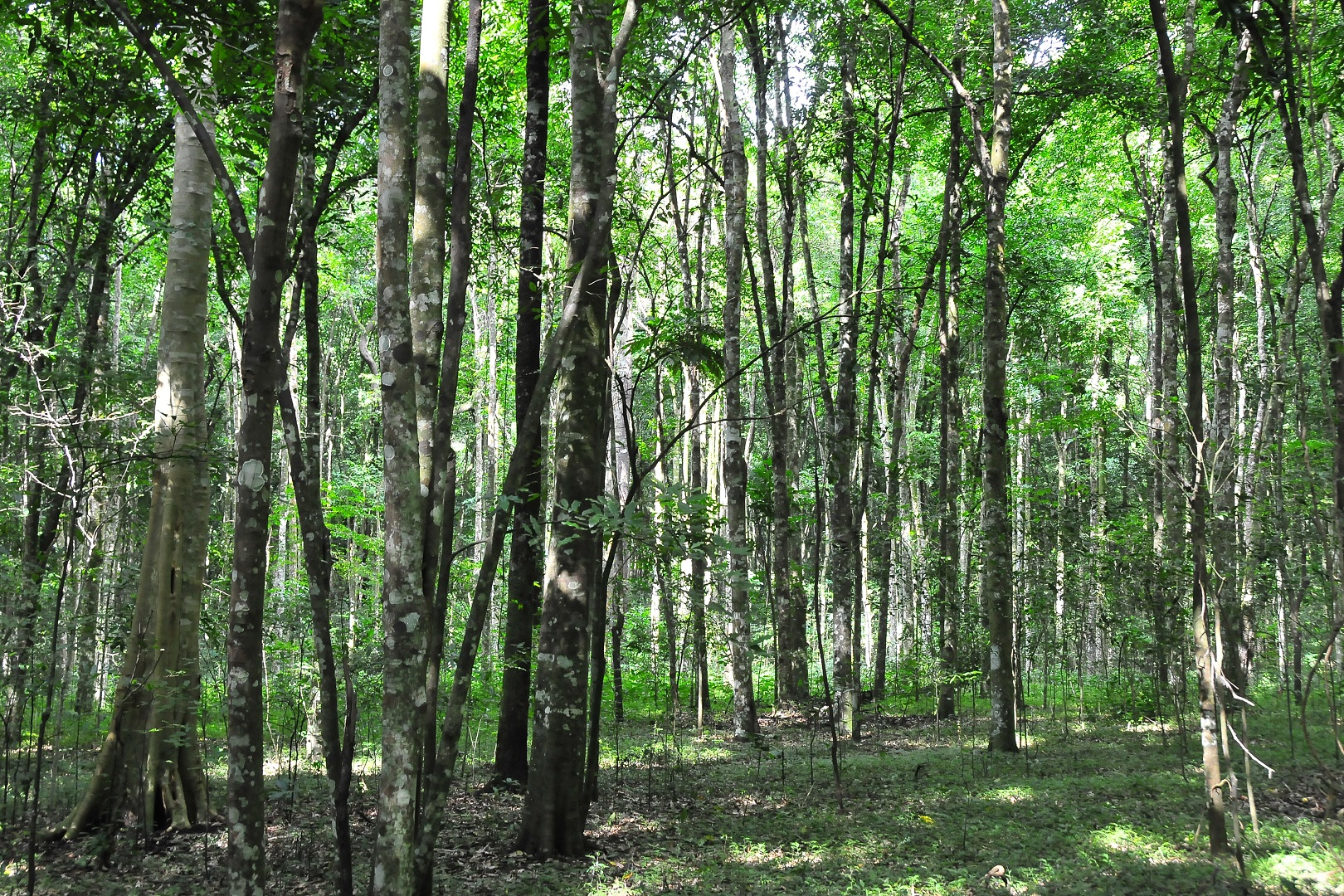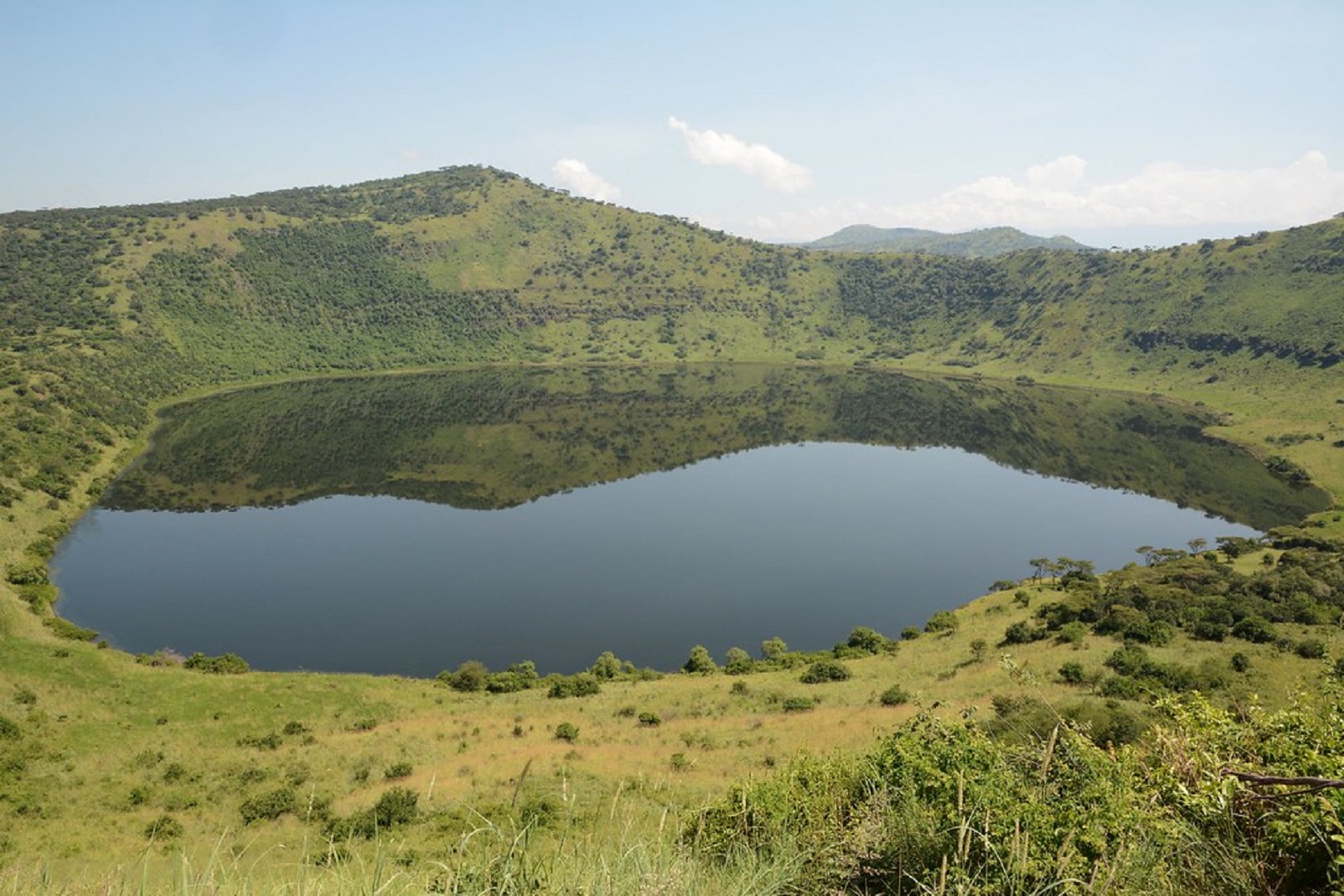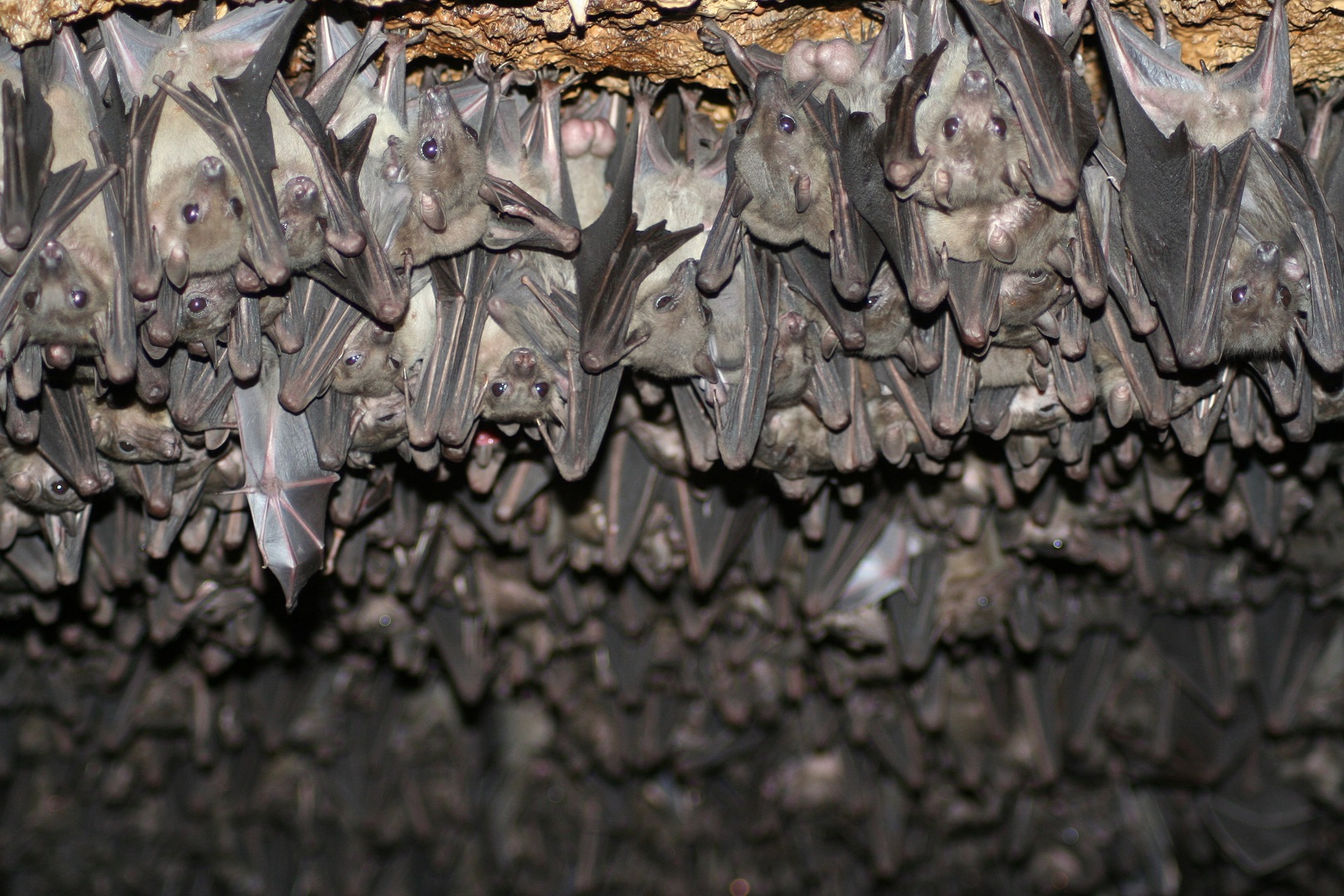If you are looking for what to see in Queen Elizabeth National Park this is the right page. Queen Elizabeth National Park has a diverse ecosystem that provides a lot to see and desire. This includes sprawling savanna, shady, humid forests, sparkling lakes and fertile wetlands, which make it the ideal habitat for the classic big game, a variety of primate species like chimpanzees in Kyambura Gorge, and over 600 species of birds.
Queen Elizabeth National Park’s most elusive inhabitants are its felines; lions, leopards, civet, genal, and serval cats. Lions are found throughout the park while on game drives, but the most renowned live in the southern sector of Ishasha, where they rest on the limbs of fig trees. Solitary leopards are nocturnal and fiendishly well-camouflaged, making a glimpse all the more rewarding! The smaller cats are also predominantly nocturnal and best spotted on night game drives.
After visiting this wonderful wildlife safari park, we recommend tourists to make an extension into Bwindi Impenetrable National Park for an amazing gorilla trekking safari, the most exciting experience while in Africa.
Queen Elizabeth National Park which is approximately 1,978 square kilometers (764 sq mi) is one of Uganda’s oldest parks formed officially, along with Murchison Falls National Park in 1952. It is understandably Uganda’s most popular tourist destination found in the western region of Uganda, spanning the districts of Kasese, Kamwenge, Rubirizi, and Rukungiri. The park was listed among the UNESCO world biosphere reserves, though it used to be called Lake Edward and Lake Gorge game reserve in the 1920s, before being gazetted.
Queen Elizabeth National Park extends from Lake George in the northeast to Lake Edward in the southwest. It also includes the famous Kazinga Channel that connects the two lakes, which has also favored a good number of aquatic wildlife like hippos, crocodiles, fish, and over 600 bird species commonly sighted at the Kasenyi birding site.

